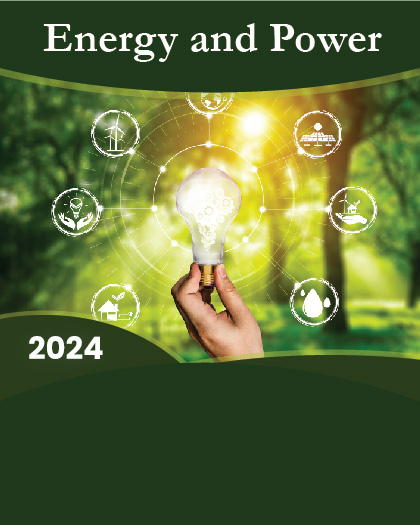
Smart waste management system mainly concentrates on Monitoring the waste management, providing a smart technology for waste system, avoiding human intervention, reducing human time and effort and which results in healthy and waste ridden environment..
This report elaborates the market size, market characteristics, and market growth of the Smart Waste Management System industry, and breaks down according to the type, application, and consumption area of Smart Waste Management System. The report also conducted a PESTEL analysis of the industry to study the main influencing factors and entry barriers of the industry.
In Chapter 3.4 of the report, the impact of the COVID-19 outbreak on the industry was fully assessed. Fully risk assessment and industry recommendations were made for Smart Waste Management System in a special period. This chapter also compares the markets of Pre COVID-19 and Post COVID-19.
In addition, chapters 8-12 consider the impact of COVID-19 on the regional economy.
Key players in the global Smart Waste Management System market covered in Chapter 13:
BigBelly Solar, Inc.
SmartBin
Telit
Sensoneo
Waste Management, Inc.
Microsoft
IBM Corporation
Nordsense
Enevo Oy
WAVIoT
SAP SE
Pepperl+Fuchs
Ecube Labs
Phoenix Energy Group
In Chapter 6, on the basis of types, the Smart Waste Management System market from 2015 to 2025 is primarily split into:
Smart Collection
Smart Processing
Smart Disposal
In Chapter 7, on the basis of applications, the Smart Waste Management System market from 2015 to 2025 covers:
Industrial
Municipal
Geographically, the detailed analysis of production, trade of the following countries is covered in Chapter 4.2, 5:
United States
Europe
China
Japan
India
Geographically, the detailed analysis of consumption, revenue, market share and growth rate of the following regions are covered in Chapter 8, 9, 10, 11, 12:
North America (Covered in Chapter 8)
United States
Canada
Mexico
Europe (Covered in Chapter 9)
Germany
UK
France
Italy
Spain
Others
Asia-Pacific (Covered in Chapter 10)
China
Japan
India
South Korea
Southeast Asia
Others
Middle East and Africa (Covered in Chapter 11)
Saudi Arabia
UAE
South Africa
Others
South America (Covered in Chapter 12)
Brazil
Others
Years considered for this report:
Historical Years: 2015-2019
Base Year: 2019
Estimated Year: 2020
Forecast Period: 2020-2025
























